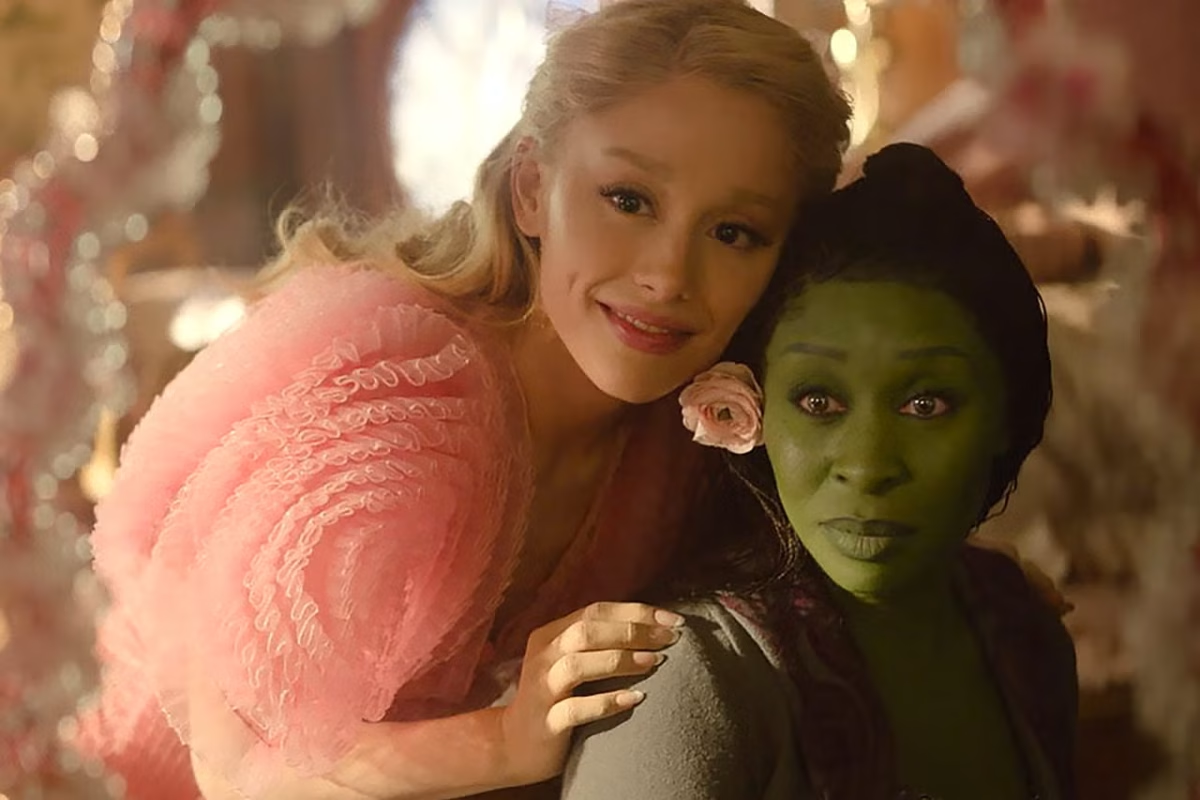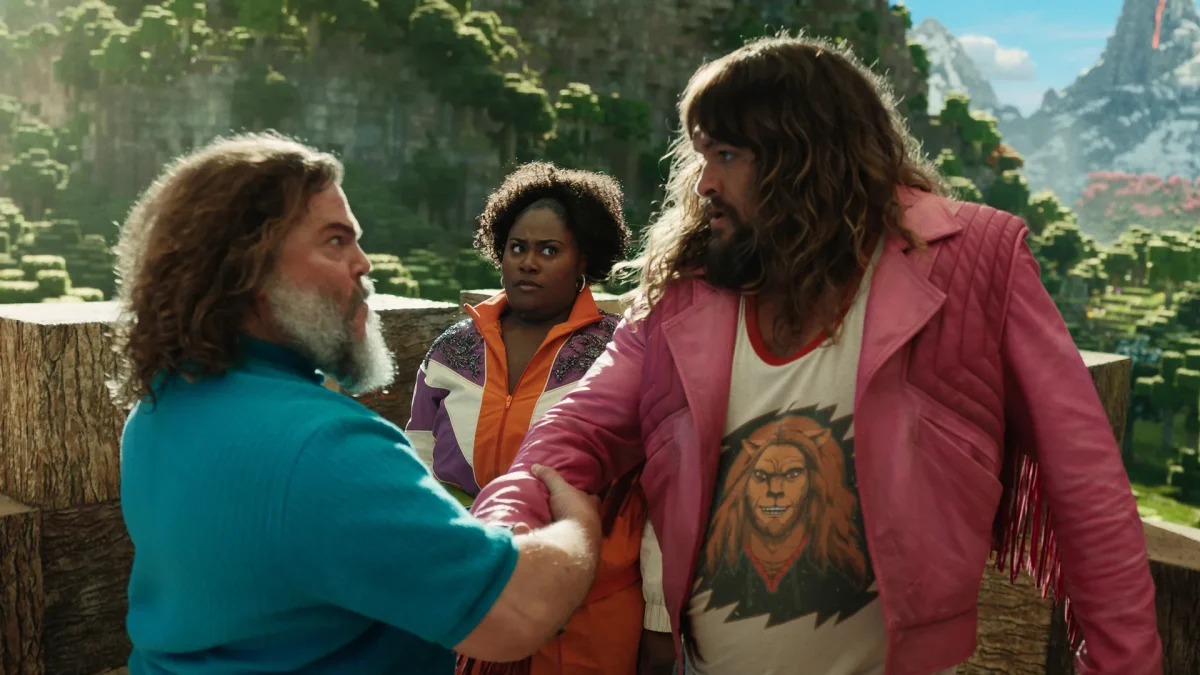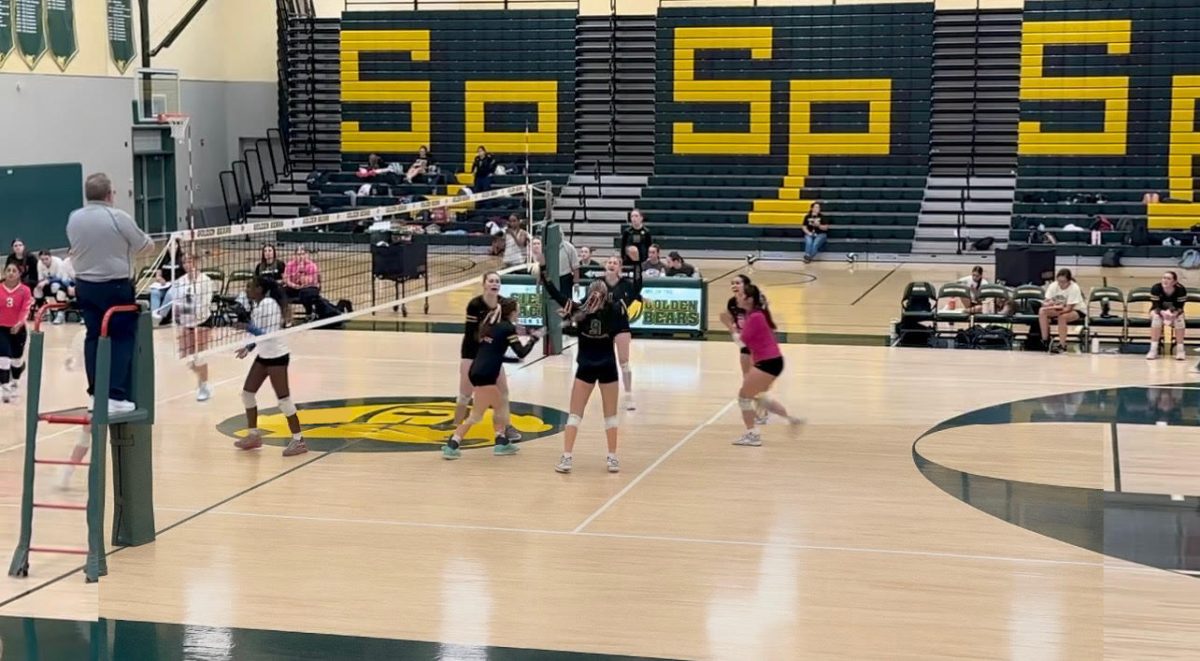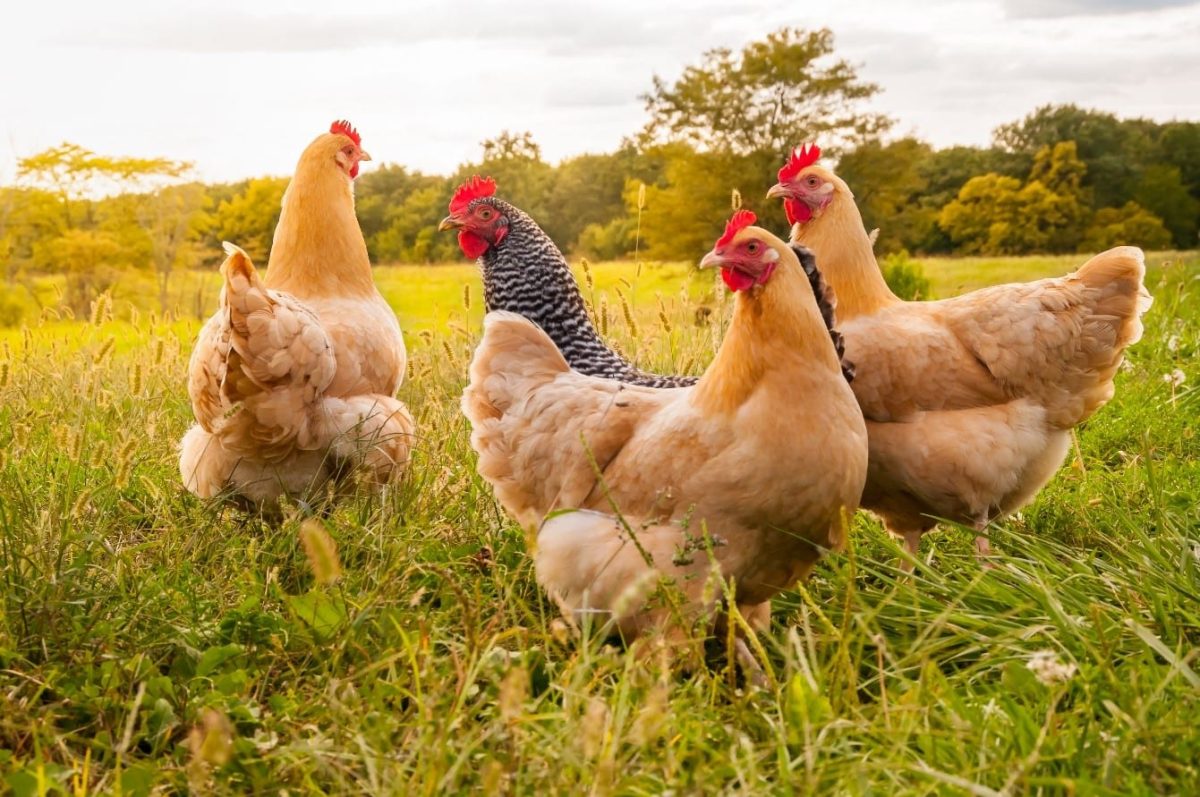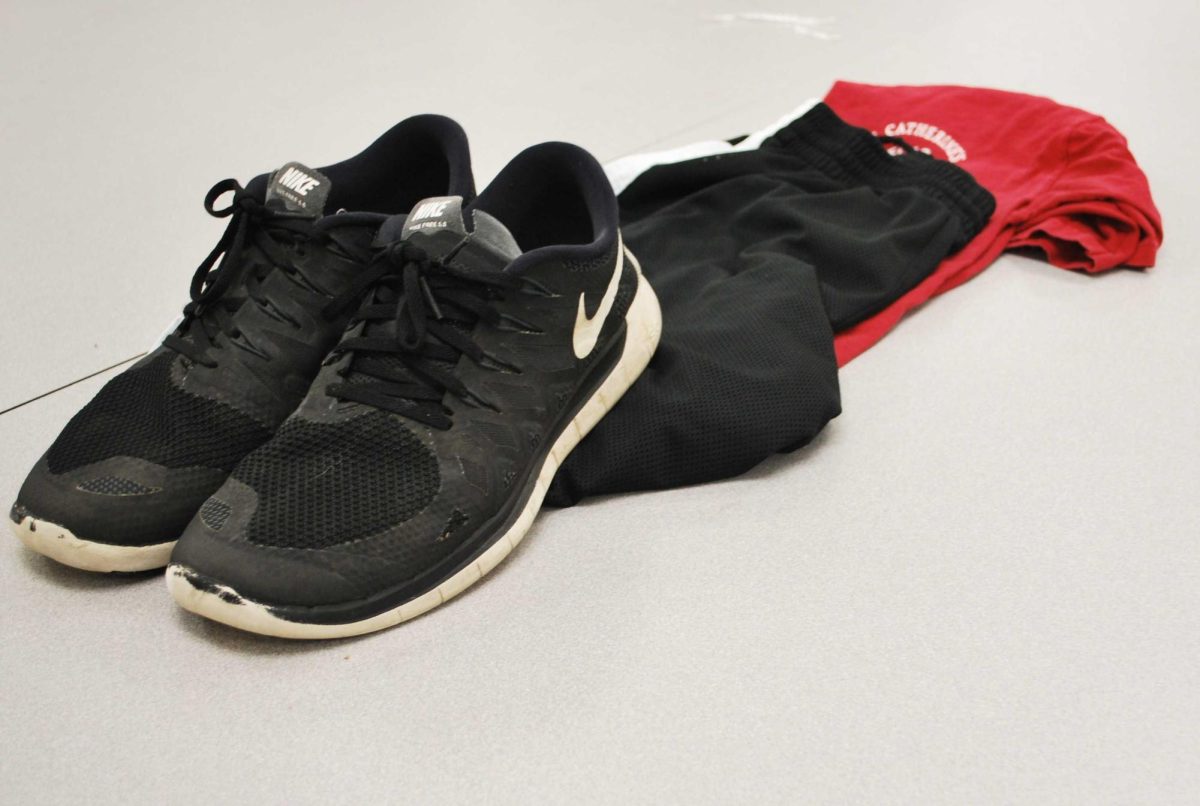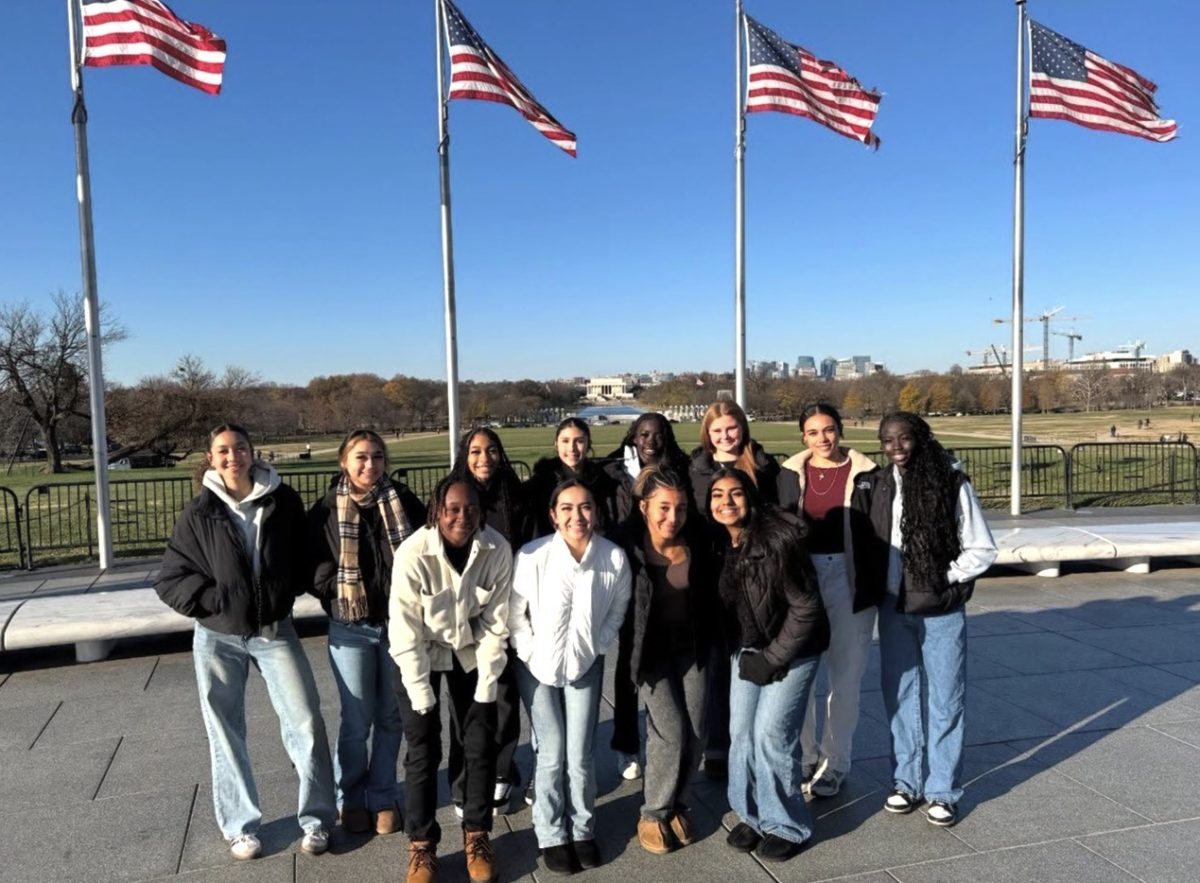High kicks, flashy uniforms and bright smiles following rhythmic chants. These are the staples of your average high school cheerleader. You can always find them cheering on the football and basketball team, supporting their school’s athletics no matter what. But the reality is, most don’t consider cheerleaders athletes themselves. If cheerleaders put in the same amount of work as every other sport, why are they still facing the harsh stigma?
The Oxford English Dictionary’s definition of a sport is “an activity involving physical exertion and skill in which an individual or team competes against another or others for entertainment.” Anyone that has seen cheerleading in action can definitely agree it lives up to this standard.
Just like every other sport, cheer takes lots of practice before you can even come close to mastering the skill. To be a successful cheerleader, you must be able to perform in front of a crowd in a way that boosts spirit. As simple as it sounds, it can be a real struggle for some. Preparing for performances requires you to memorize and perfect dance routines and stunt sequences, along with various cheers and chants until they are game ready.
Another major aspect of cheerleading are the stunts. As a spectator, it just looks like people are getting thrown in the air, but it’s much more complex than that. Every single person in a stunt group has a specific job, and they are each equally responsible for making sure the stunt is performed safely and accurately.
Varsity cheerleader Simone Rodriguez said stunting is a full body activity that requires physical and mental athleticism, if not done correctly it can be very dangerous.
Flyers, the people at the top of the stunt, must be able to hold their own body weight in challenging positions. This requires a strong core, a good sense of balance and a whole lot of trust in the rest of their stunt group. If a flyer cannot get past a mental block, the stunt will never go up successfully.
The two people holding the flyer’s feet are known as the bases. When lifting up a flyer, almost all of the power comes from the base’s legs, which means they need a strong lower body. Bases also have to communicate with each other a lot. If their movements aren’t in-sync, this could cause the flyer to fall and for someone to get hurt.
But bases don’t lift the flyer solely on their own. They need the help of the front spot and the back spot. Front spots hold up the base’s wrist for support, so not all of the weight is on the bases. And in certain stunts, they help catch the flyer’s legs. Back spots are responsible for helping the flyer load into the bases hands, while also yelling out the counts for the stunt. They hold onto the flyers ankles to keep the whole stunt steady.
Not to mention, cheerleaders are on their feet the majority of each game. They get very little time to sit down and rest, as they are constantly calling out cheers, throwing a stunt or performing. Even when extremely tired, they continue to put a smile on their face and support their team.
Cheerleaders also have to be good at responding to situations on the fly. If a stunt goes unexpectedly, the group has to find a way to make it work or bring the flyer down in a safe manner. And in dances they are constantly being moved around, which results in having to learn new formations and choreography quickly.
As fun as it can be, high school cheerleading requires real skill and dedication, just like any other sport. If society put their opinions aside just long enough to realize how much work these individuals put into their team, there would be no question that cheerleading is a sport of its own.




